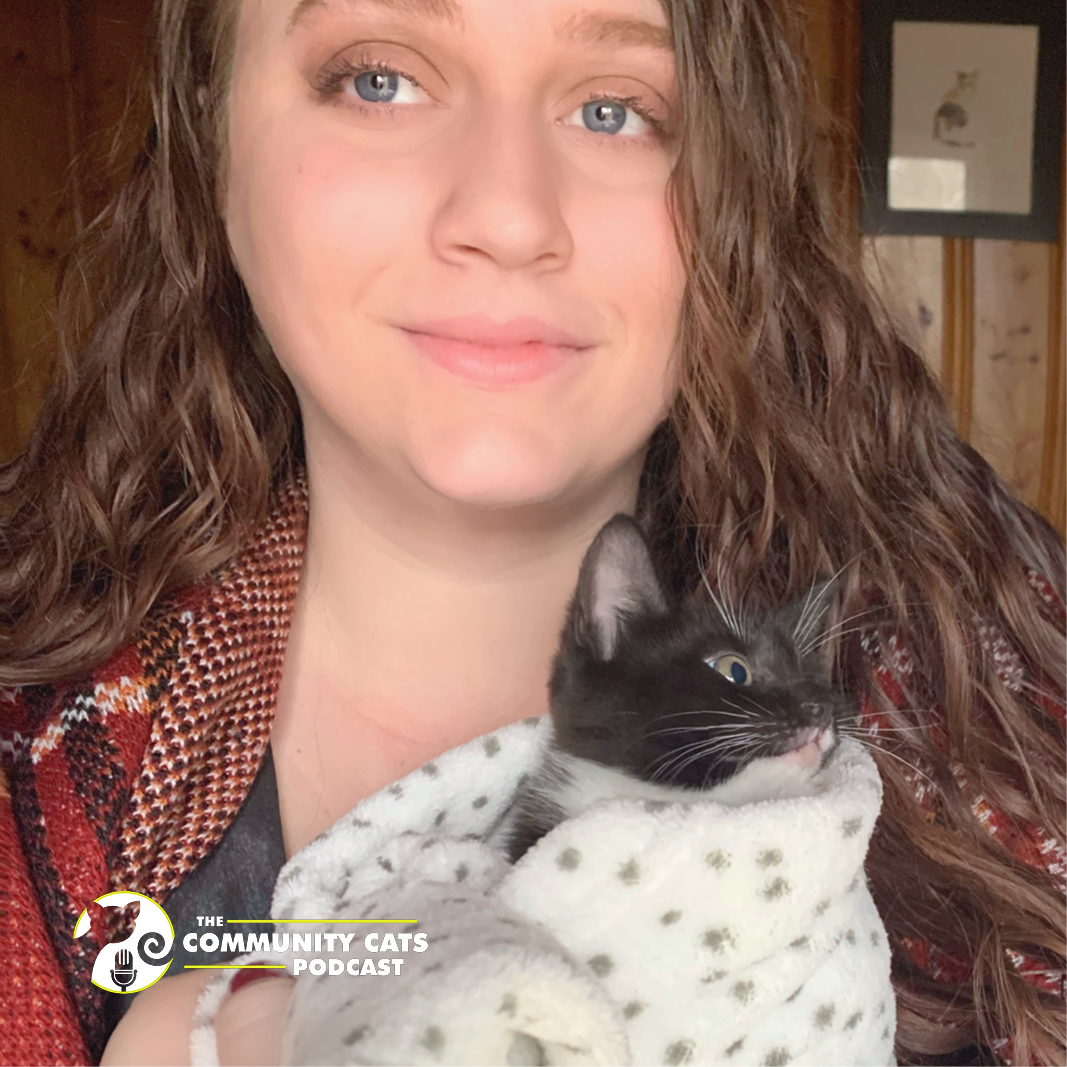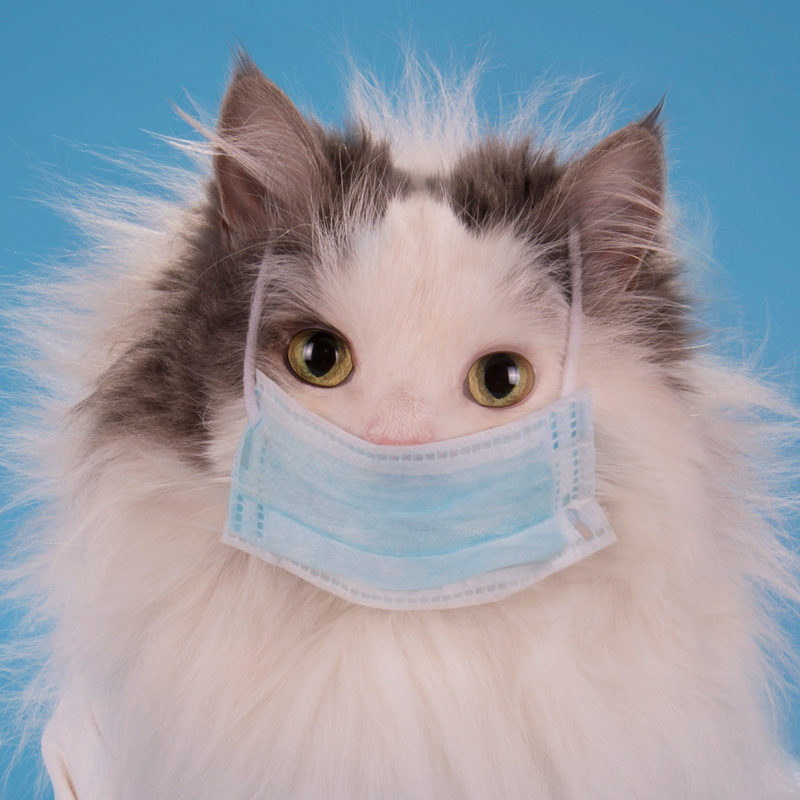
Lori Behrman, The Toby Project
March 17, 2020
Alisse Russell, Puff Cat Rescue, Inc.
March 24, 2020
***UPDATE: COMMUNITY CATS AND CORONAVIRUS POP-UP PANELS
CCP will be holding some more town hall-style meeting webinars about COVID-19 and the response. Join in and share your experiences, concerns, and thoughts. Register for the Community Cats and Coronavirus Pop-Up Panel on Saturday, March 28, 2020 at 2:00 p.m. EDT or the panel on Monday, March 30, 2020 at 4:00 p.m. EDT. After registering, you will receive a confirmation email containing information about how to join the webinar. Check back for more panels in upcoming weeks.
As organizations and their staff and volunteers all across the country try to navigate through this period of worries about COVID-19, I wanted to touch upon some of the facets of this crisis that we need to think about for the next six months at least.
10 Considerations for COVID-19 Management
Decision-making: who makes decisions and when?
Everyone is nervous and concerned about what is going to happen. It is extremely important that if you are in any kind of leadership role, you exercise your leadership. This will help people folks stay calm and understand that there are others out there concerned about the organization. Frequent, yet organized communication should go out regularly (not daily, but in some cases more than weekly). Some decisions around operations will need to be made quickly where others (fundraising planning, for instance) may allow for time. But as of right now, the CDC recommends not having events of over 50 people for the next eight weeks. So that is a very good guidepost to use. I highly suggest creating a specific task force group that has a group chat that is in constant contact and can be supportive of all organizational decisions. Spay/neuter and community cat organizations are going to have to deal with different issues like loss of s/n resources if clinics shut down; the ability to get out to feed colonies if local travel is restricted, etc. As a leadership group, please think about these and other scenarios now so you can plan ahead.
Operational Issues
Many organizations are putting together resources to help organizations better navigate operational issues. Maddie’s Shelter Medicine Program at the University of Florida has an excellent page with information on how to handle COVID-19 for shelters. Scituate Animal Shelter and MSPCA‘s websites both have some great examples of shelter communications with the public as well.
Dealing with the spread of COVID-19
I won’t go into great detail about COVID-19, but all of the preventative steps that we are aware of are really important and signage is critical. Here are a couple of examples of how organizations are helping check the spread of disease: have staff and volunteers self-check their temperatures before entering any building; have staff and volunteers sign and post a hygiene commitment that states that they are following the rules; absolutely no one who has traveled comes in until a 14-day quarantine is up; and no one who is sick or who has a household member who is sick or compromised should come into the adoption center.
Staff and Staff Support
The next three months and beyond are going to be very stressful for staff. They have family worries, stress over the cats, and the general anxiety that everyone is feeling at this time. Leadership/Boards of Directors need to ensure that operations are structured in such a way that the staff will not burn out in a week or two. Getting through this is going to be a long slow process (and a new normal for a while). We need to acknowledge this and re-shape how we work.
As a result of this, our programs may change. If you need access to low-cost spay/neuter but the high volume clinics are closed, you may want to check in with private practice veterinarians to see if they can help out. Foster care is going to be the driver of adoption programs—or consider a program like Home to Home, which utilizes direct home placement. By using this program, you can still help animals in your community by placing them virtually. For lost and found pets, try Finding Rover.
Volunteers
As I mentioned above, if you are in a shelter environment, you will want to be careful with volunteers to ensure they are healthy, haven’t traveled, and that they wear good personal protective equipment (PPE). The same should be true for trapping volunteers or folks out in the community. Always ensure that clinic space and appointments are available before you trap because things can change rapidly. That said, you might also be able to take advantage of cancellations and get more cats in now. Many mash-style clinics (especially those with lots of volunteers) are canceling, however, so this will potentially impact kitten season in those areas. For TNR volunteers, I can see positives and negatives for us with cats.
Donations
It is recommended that you don’t accept donations of linens, cages, and carriers for the time being. If you accept those donations, make sure you take extra care to clean them well. Food can be accepted and most likely is very much appreciated. Since handling a lot of sometimes unnecessary donations takes a lot of staff time, it is really important that people only bring supplies that are helpful to local organizations. So you may need to be strong with your messaging in this area.
Long-term Budget Implications
Now I am turning to a few big picture issues. Of course, many small organizations are going to suffer from the financial impacts that this crisis is going to have on our economy and on their programs. Some organizations don’t operate with much of a financial cushion. If you are an organization that is struggling to make ends meet, please reach out to other organizations to collaborate and try to help support each other. If your organization does have emergency resources, then consider focusing much of your efforts on budgeting to replenish those funds.
Fundraisers
I would plan on all fundraising events turning virtual for the next six months. In order to save yourself time, money, and aggravation, it is best to focus on fundraising efforts that don’t involve or require large groups. However, if you have a physical event that you have to pivot into a virtual event, that can easily be done. If you have a live auction, it can be turned into a virtual event using programs like Bidding for Good, Bidding Owl, or other online auction programs. If you have a walk or a run, you can turn it into a virtual run (see the ASPCA Virtual 5K for an example) using programs like Virtual Strides or Racery, or you might be able to use your current walk software package (like FirstGiving or CrowdChange) and tweak it into a virtual event. For some advice from CCP guest, Sandy Rees of Get Fully Funded, check out her article, “How to Salvage Your Fundraising Event During the COVID 19 Crisis.”
Other Fundraising Considerations
You should increase your online fundraising efforts, including Facebook campaigns, online campaigns, and online communications—and then also increase your mailings. If you haven’t done a paper newsletter in a while, now might be a good time! Letter appeals may do better, as folks will be at home looking at their mail and browsing on the internet—so that is where you want to place your fundraising efforts. Make phone calls to thank donors. Use at-home volunteers to do “thank-a-thons” and pet check-ins. These are great ways to build and support the community, without risking exposure.
This Won’t be Forever
Try to remember, COVID-19 may be a virus we have to deal with in the future, but we won’t have to live this way forever. Please take the time to stop, take a breath, and realize that we will make it through this.




